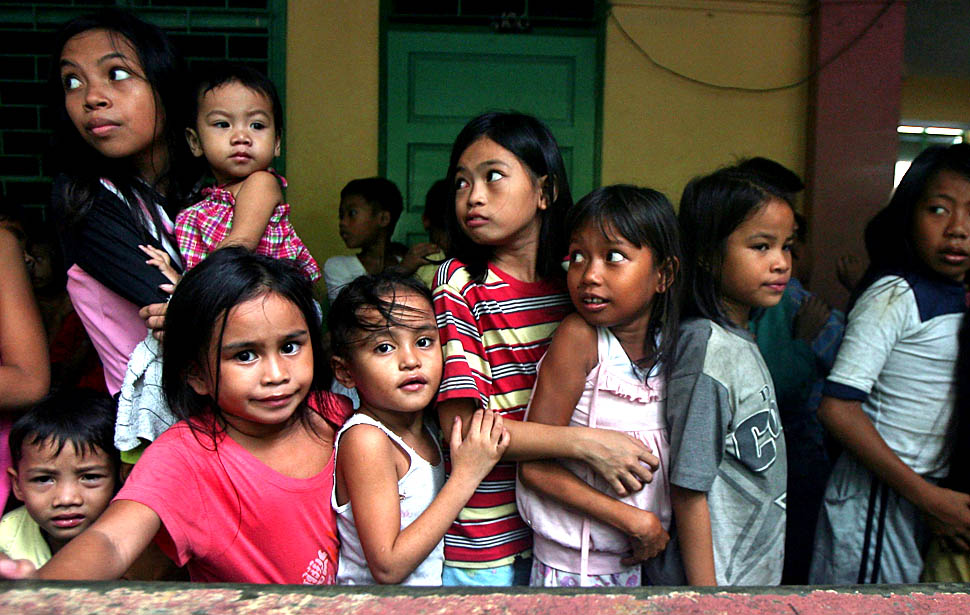By Sherina Ong, guest contributor
A few weeks ago, I was sitting in a Korean restaurant with my boyfriend’s family. As I eagerly waited for the bulgogi beef to finish searing on the grill in front of us, I glanced around at the six of us and suddenly noticed the rainbow of ethnic representation sitting there at our table. First, there was my boyfriend’s father, a Pilipino immigrant, seated next to his part French-Algerian and Nicaraguan wife. That interesting genetic combination produced my boyfriend and his brother; the two are no stranger to frequently selecting “Other” on box-checking race surveys. Then, there were the added on members of the already eclectic clan: his brother’s half white and half Korean girlfriend and my Pilipino-Chinese hybrid self.

Even though I was struck by how exceptionally diverse our little family unit was, I don’t believe that having such an ethnic medley within one family will be atypical for very long. Looking around that dinner table was like looking at the picture of the new America - a country filled with Wasians, Blasians, Blaxicans, and all sorts of mash ups that defy current racial and ethnic categories. In the melting pot that is the United States, the color profile will no longer be black and white, but probably orange or something of the sort.
But if so many different cultures are slowly diluting into one big American fondue, what does that mean for the future of Fil-Ams? Even though I grew up with the abundant smells of adobo in my home kitchen and the sounds of TFC in my living room, I was born and raised in suburban Virginia. When I envision the daily life of my future family there is no Tagalog spoken in the house because I was never taught the language. My children might not call each other Kuya or Ate because I rarely used those names as an only child. Yes, I will try and learn to cook the occasional sinigang, but there will also be many Korean barbecue and taco nights.
Identity is anchored down by our everyday habits, the food we eat, the words we speak, and the choices we make based on the values we hold. What will happen to my family’s identity if the customs my parents brought over from the Philippines trickle away generation after generation?
The reality is that the Pilipino traditions of my parents won’t stick around unchanged, especially in America. The nature of culture is dynamic. I do believe, however, that Fil-Ams are the agents of their own distinctive culture. We listen to the rhythms of both the Philippines and the United States and put our own idiosyncratic spin on them. It’s the culture that has both turkey and lumpia at Thanksgiving, and likes to mash hip-hop with Tinikling at college culture night performances. It’s the culture that endeavors to find its own voice by uniting passionate and conscientious members of the community through organizations like UniPro.
Twenty or fifty years from now, I can’t say in what different shapes the Fil-Am identity will take form, but I do know that we have the power to sculpt that identity here and now. I intend to educate myself more about the Philippines and weave the cherished traditions of my parents into my life in the United States. That way, I can proudly pass on to the next generation a cultural palette in which both the flavors of America and the Philippines pop.
Photo credit: Joanne Tanap
--
Sherina Ong is a 23-year-old trying to figure out how she is supposed to appropriately define herself in the limbo between college and hopefully attending graduate school. She has a BA in Anthropology from the College of William and Mary and is currently working as a substitute teacher in Charlottesville, VA. Her interests include education, Asian Pacific American issues, playing guitar, and singing very loudly.




